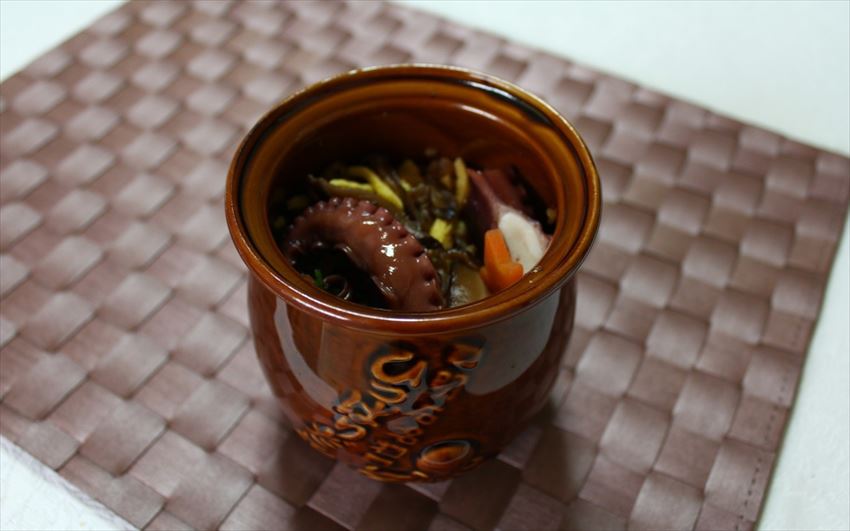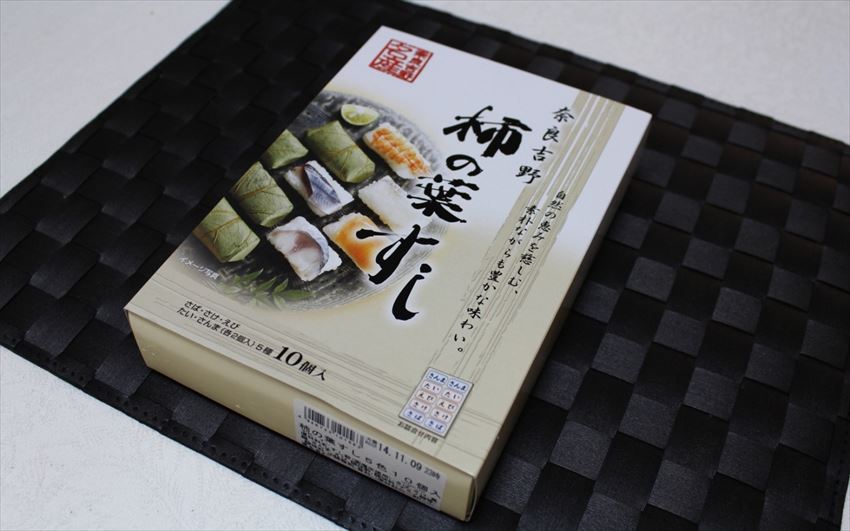Train travel is common in Japan because of is comfort, speed and efficiency.
The prevalence of travel on the railroad has nurtured the culture of Ekiben (eki = station, ben = short form of bento).Ekiben are little lunch boxes that contain cuisine prepared using local produce, with different bentos found at different stations.
Today, I will write about two popular ekiben’s in West Japan! Hopefully, I will have the chance to find and write about more across Japan in the future.

Shin-Akashi Station (JR Kobe line, Shinkansen Line): The Akashi area is famous for octopus – this gives us hints as to what the local bento will likely contain!
The local ekiben of the area is the takomeshi (tako = octopus, meshi = rice), in which octopus is cooked along with rice, soy sauce, carrots, mushrooms and ginger.
This in itself is delicious; however, what’s most special is the shape of the bento box.
The bento does not come in the traditional rectangular shaped box; instead, it comes in a pot!
When fishermen fish for octopus, they use a device called a takotsubo (tsubo = pot).
This pot has a narrow entrance and a wide inside, so that the octopus is lured in.
This is the origin of the pot.

Nara Station (JR Nara line, Kintetsu Nara line): Now off to the historical city of Nara, the capital of Japan between 710 and 794.
The local dish here is Kaki-no-ha-sushi (Kaki-no-ha = persimmon tree leaves, sushi = sushi) – which is a form of sushi wrapped in persimmon tree leaves.
First, let’s examine the sushi.
There generally five types of sushi: sanma (mackerel pike), tai (sea bream), ebi (shrimp), sake (salmon) and saba (mackerel).
What the leaves help to do is they add an extra dimension of flavour and help preserve the sushi for longer.
(Note that this sushi was invented long before the refrigerator!)

Comments